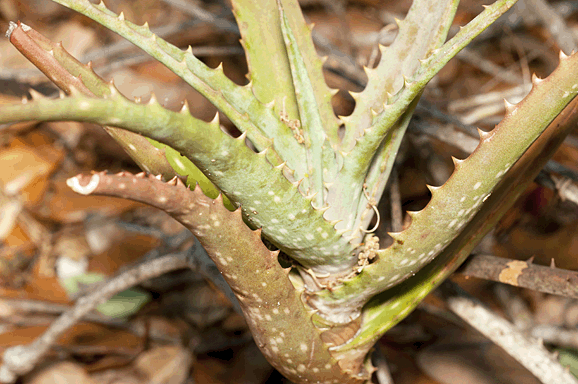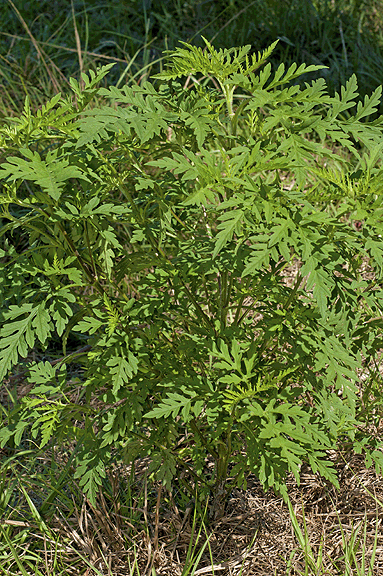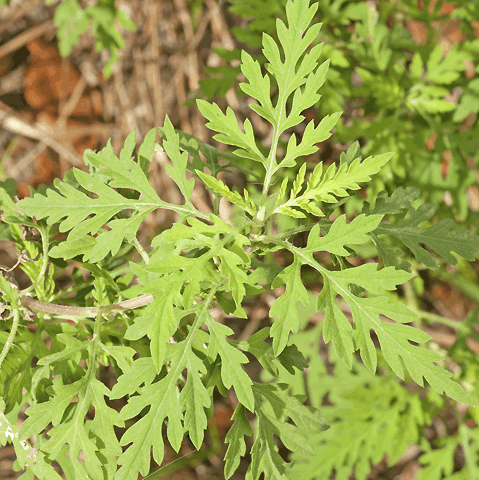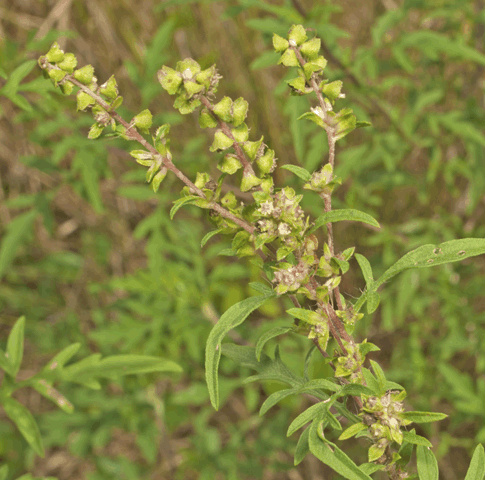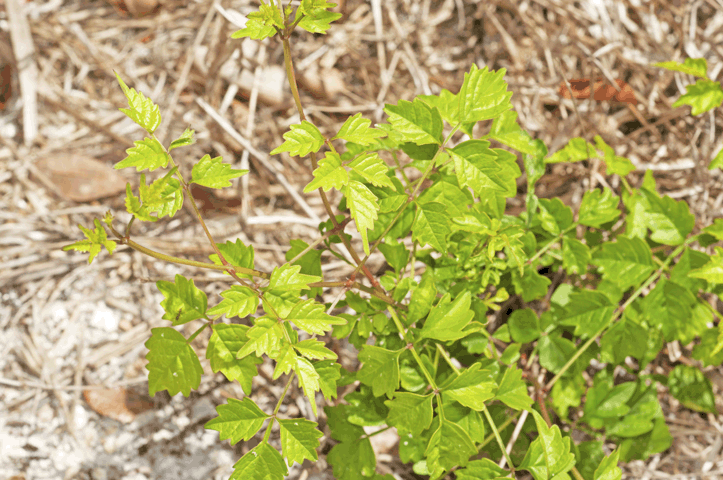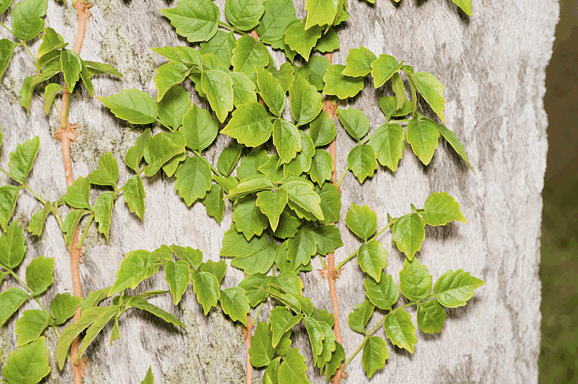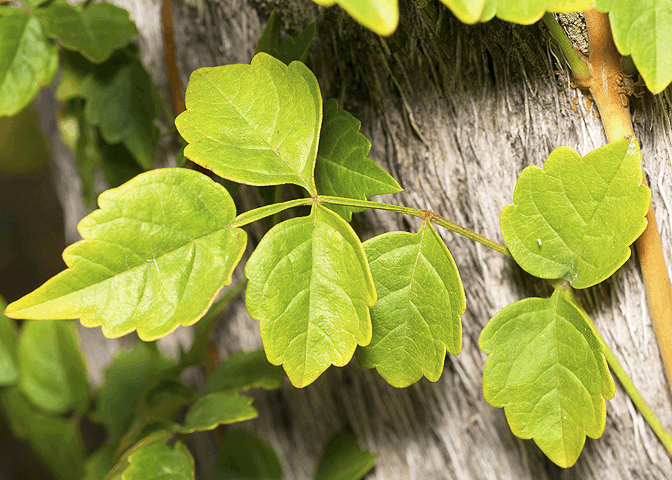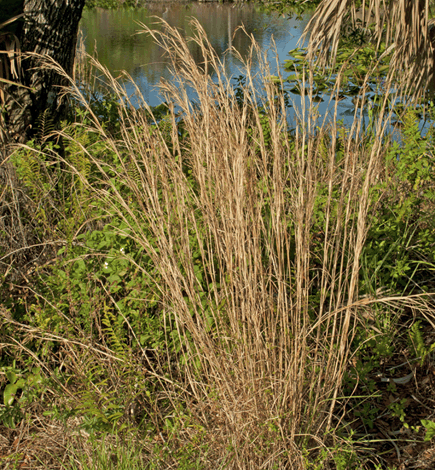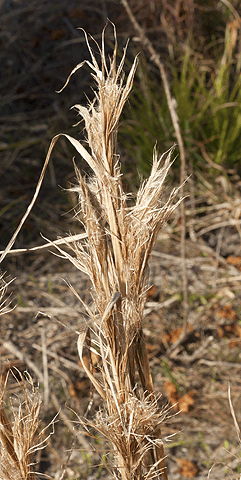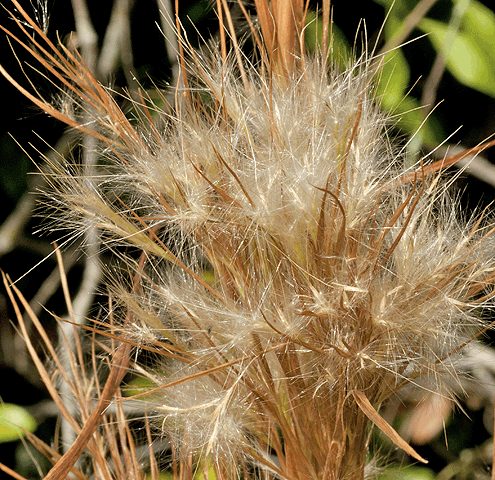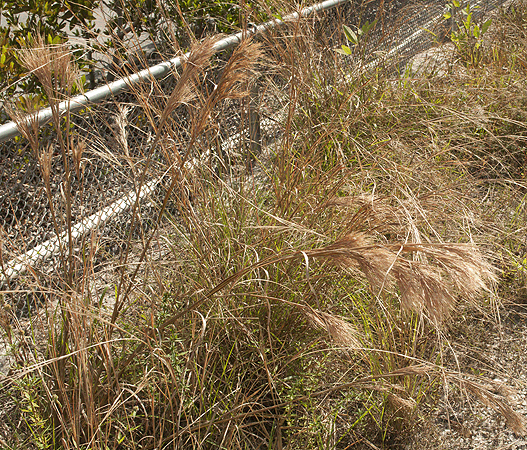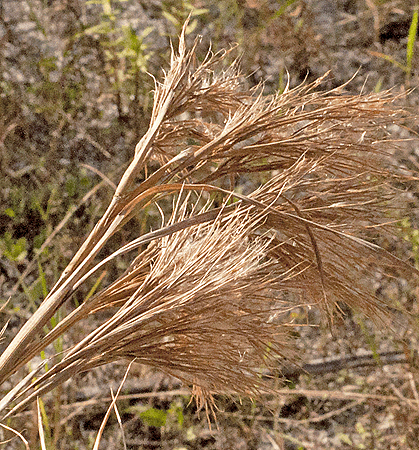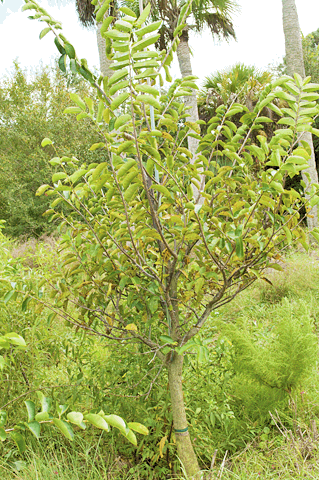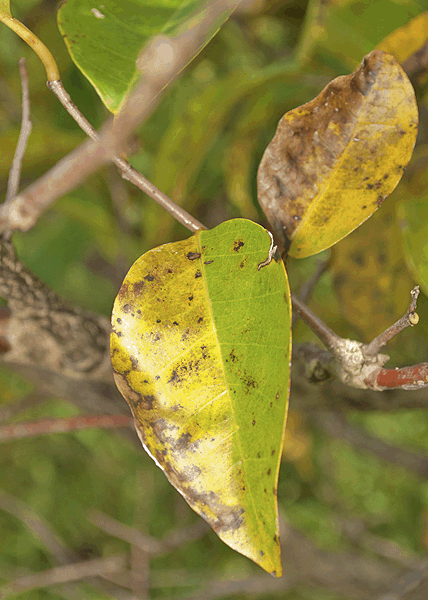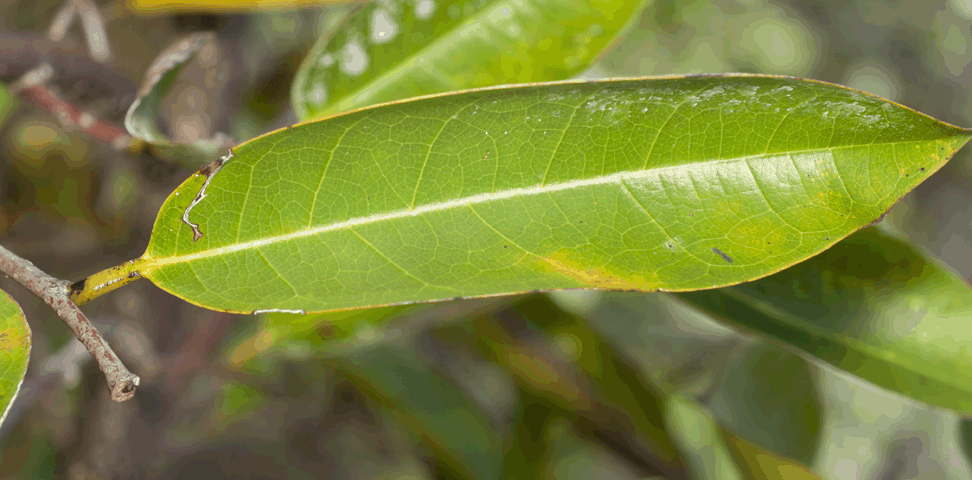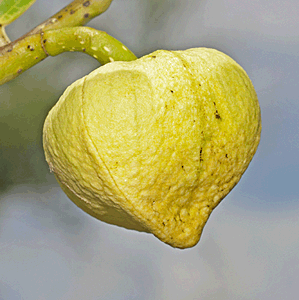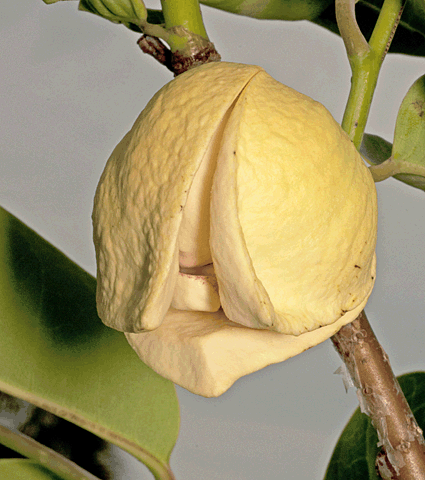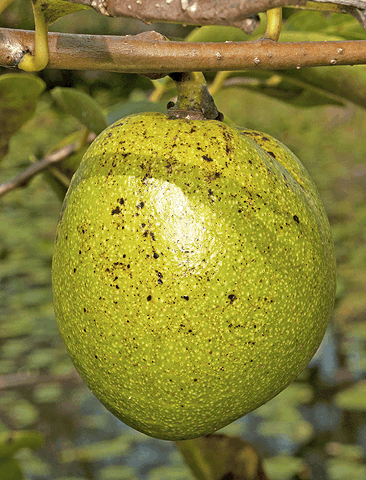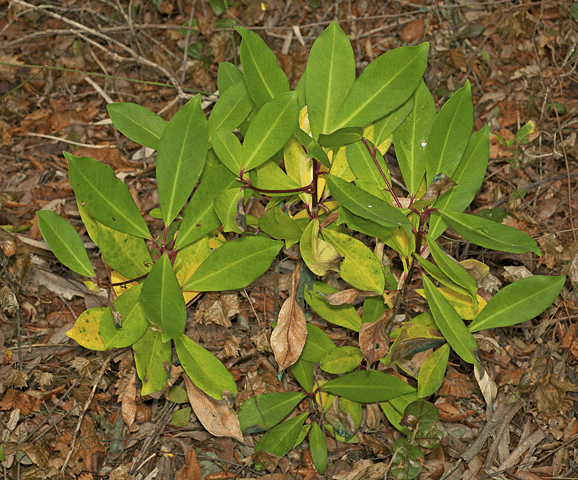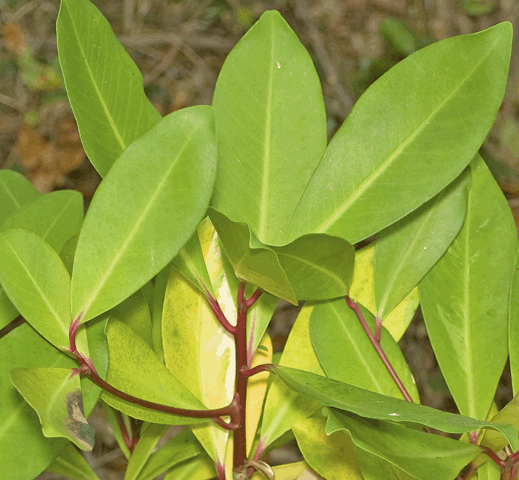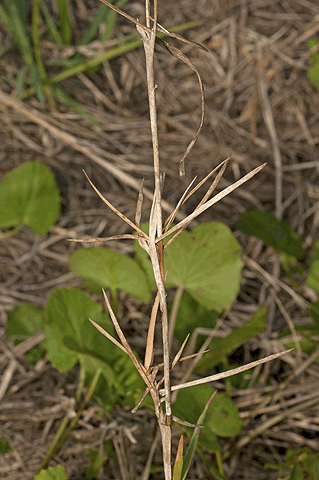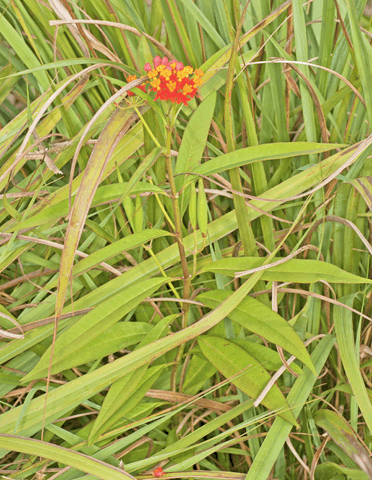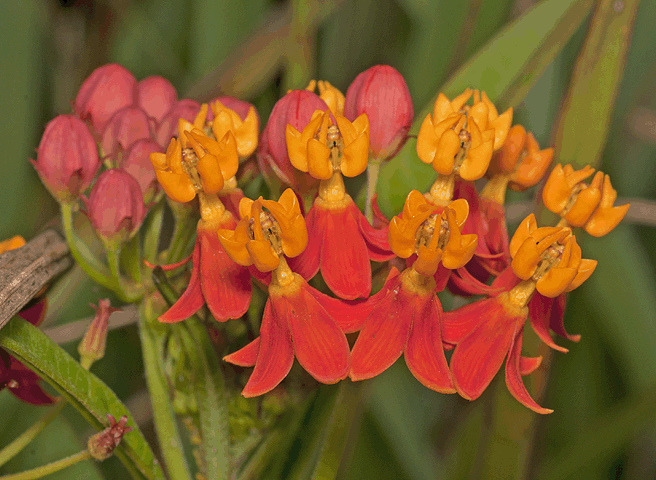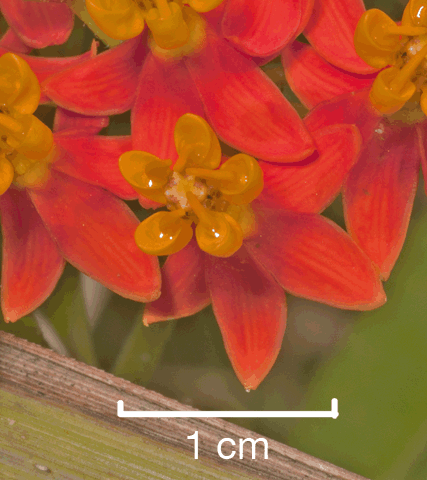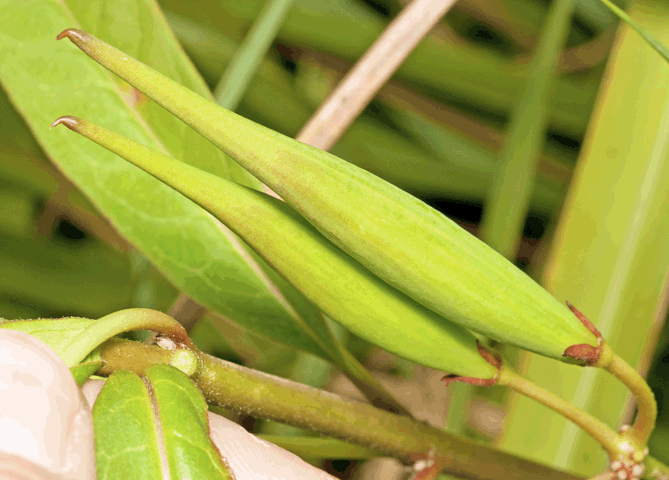Abrus precatorius thru Asclepias curassavica
Species Name |
Common Name |
Abrus precatorius |
|
Acacia auriculiformis |
|
Acalypha gracilens |
|
Acer rubrum |
|
Aeschynomene americana |
|
Albizia lebbeck |
|
Aloe sp. |
|
Ambrosia artemisiifolia |
|
Ampelopsis arborea |
|
Andropogon glomeratus pumillus |
|
Andropogon virginicus |
|
Annona glabra |
|
Ardisia elliptica |
|
Aristida stricta beyrichiana |
|
Asclepias curassavica |
Abrus precatorius Rosary Pea
|
Acacia auriculiformis Earleaf Acacia
|
Acalypha gracilens Slender Threeseed Mercury
|
Acer rubrum Red Maple
|
Aeschynomene americana Shy-Leaf / American Jointvetch
|
Albizia lebbeck Woman's Tongue
|
Aloe sp. Aloe
|
Ambrosia artemisiifolia Common Ragweed
|
Ampelopsis arborea Pepper Vine
|
Andropogon glomeratus pumillus Bushy Bluestem
|
Andropogon virginicus Broomsedge Bluestem
|
Annona glabra Pond Apple
|
Ardisia elliptica Shoebutton Ardisia
|
Aristida stricta beyrichiana Wiregrass
|
Asclepias curassavica Scarlet Milkweed
|

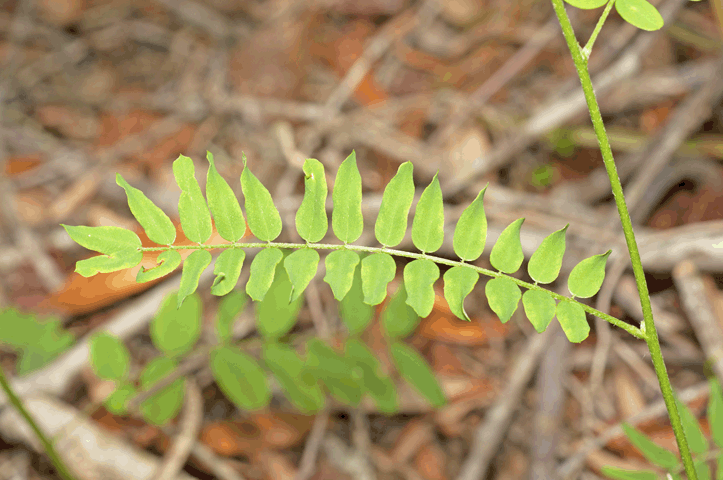
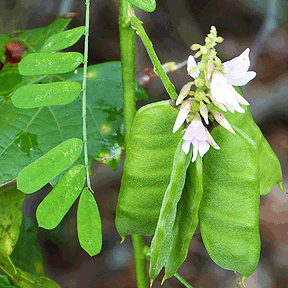
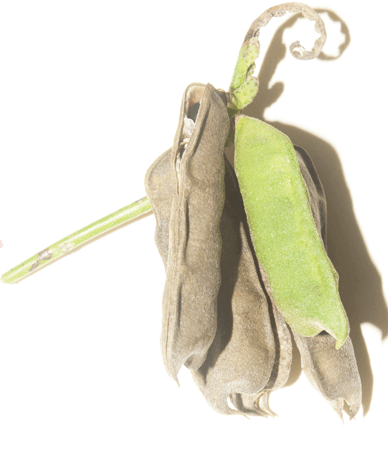
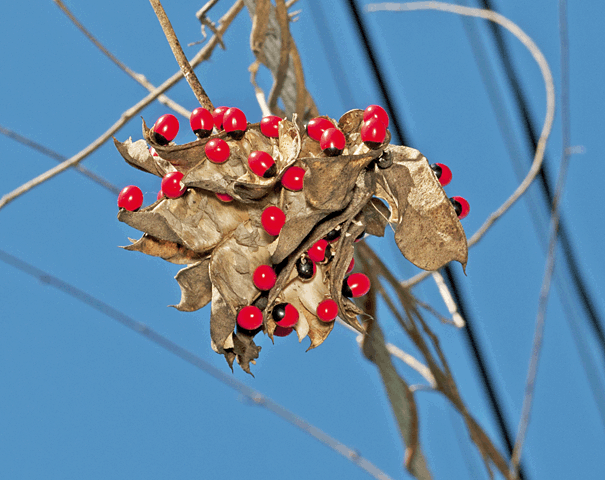
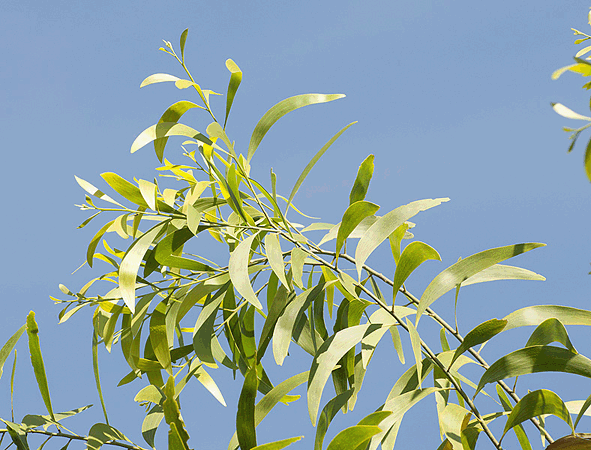 Acacia auriculiformis
Acacia auriculiformis 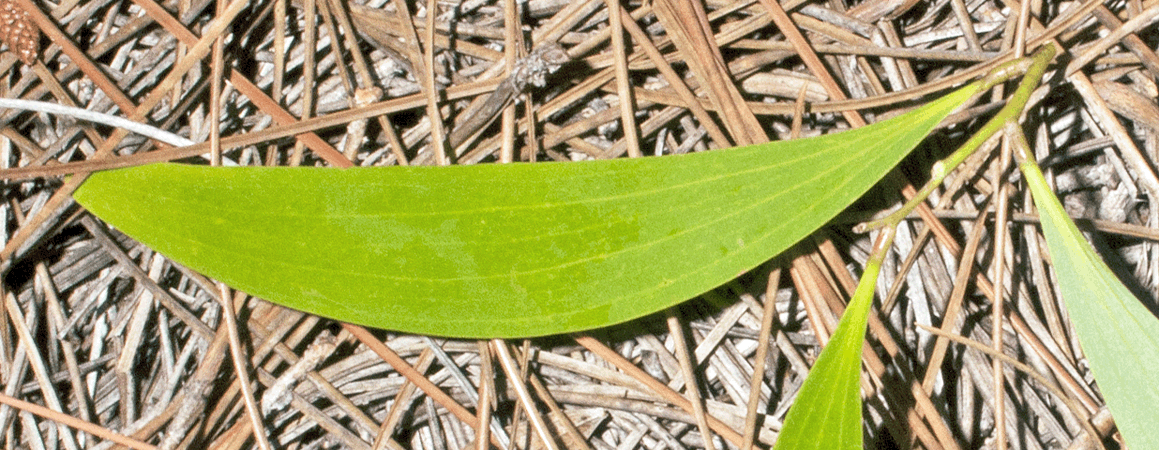
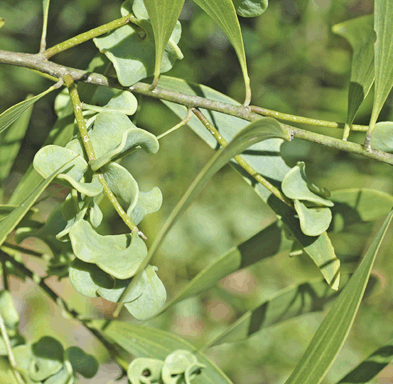 Acacia auriculiformis
Acacia auriculiformis 
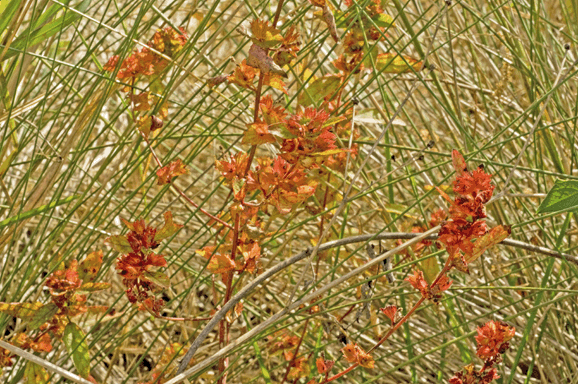
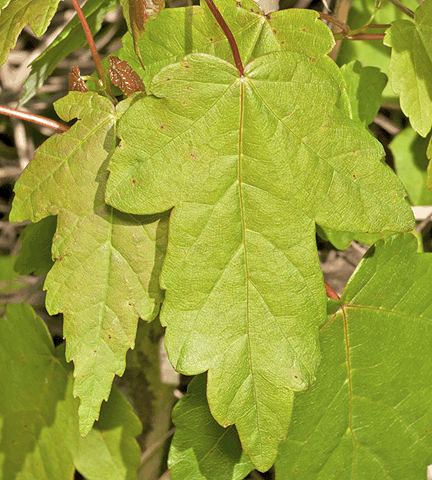
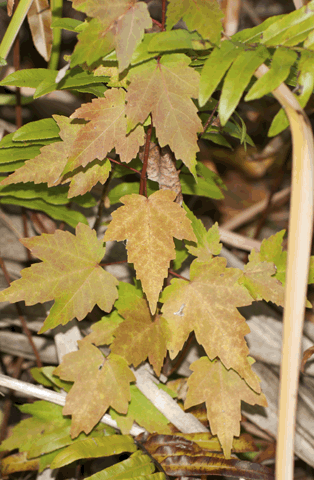
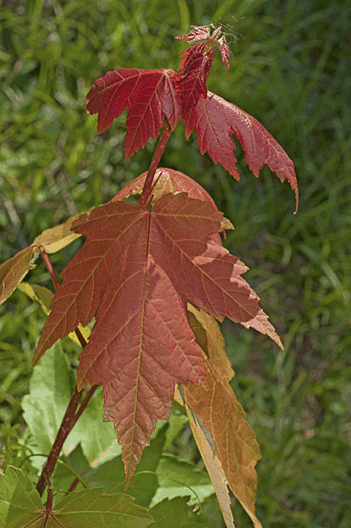
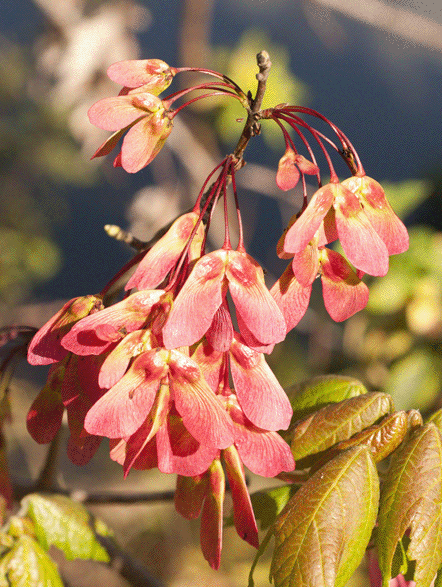 Acer rubrum is one of the most common deciduous trees in eastern North America.
Acer rubrum is one of the most common deciduous trees in eastern North America.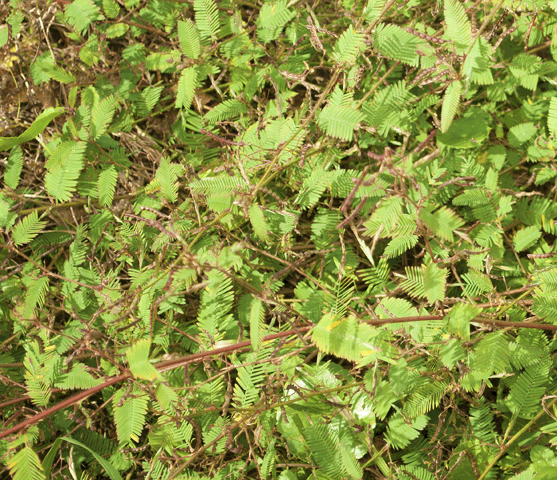
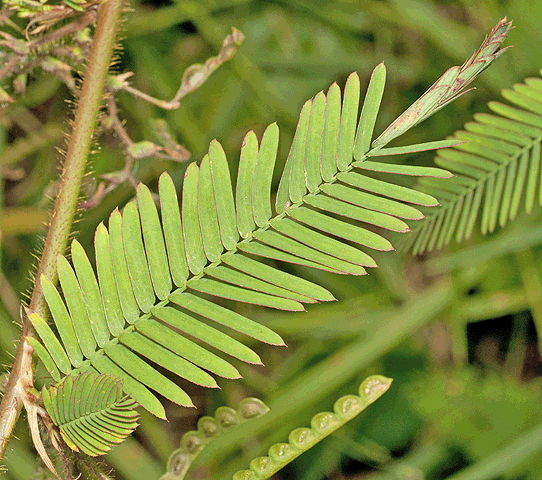
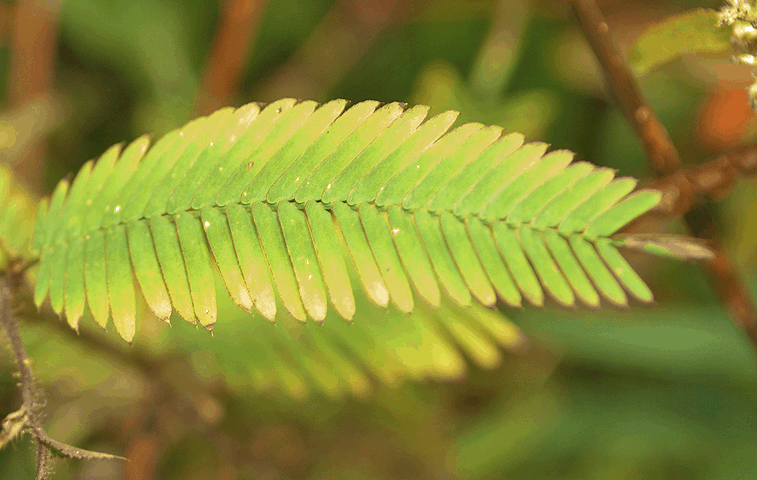
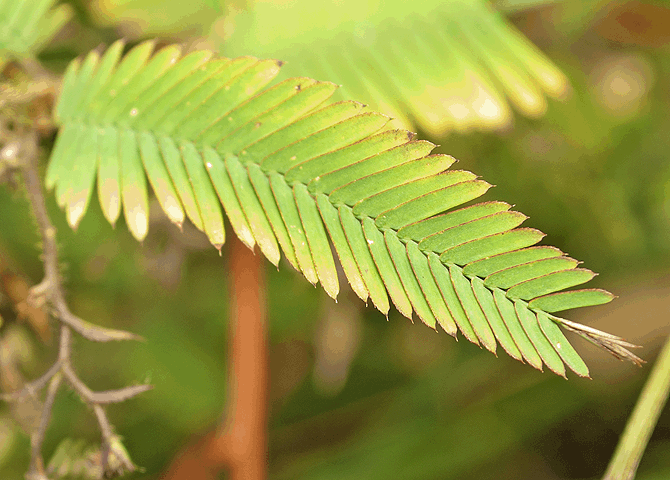
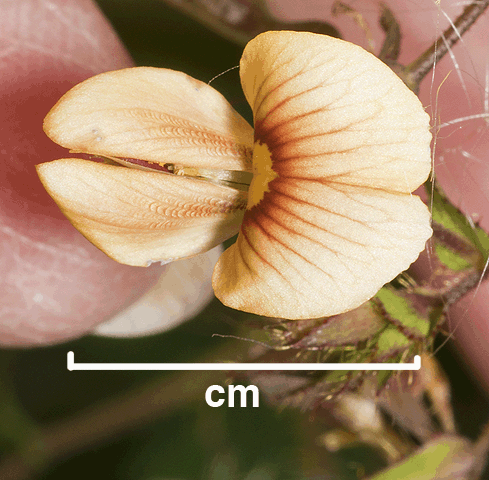
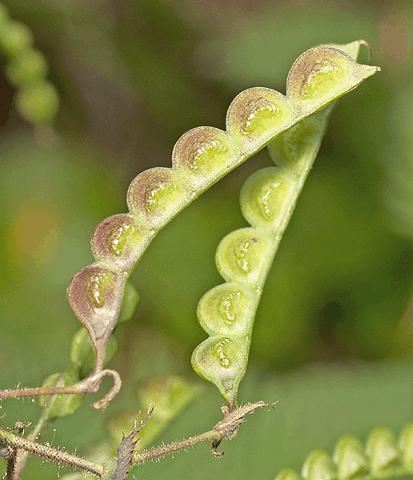
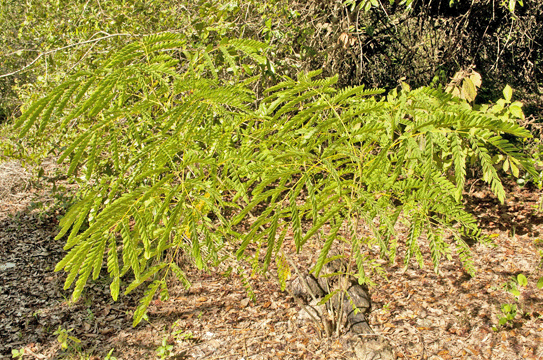
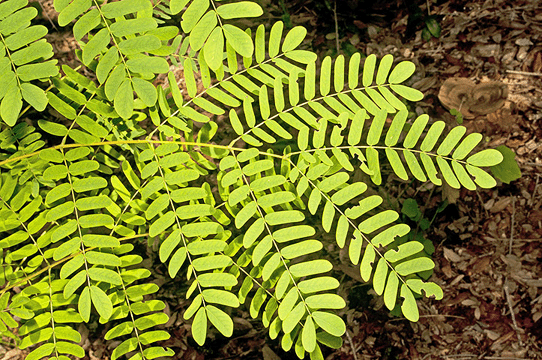
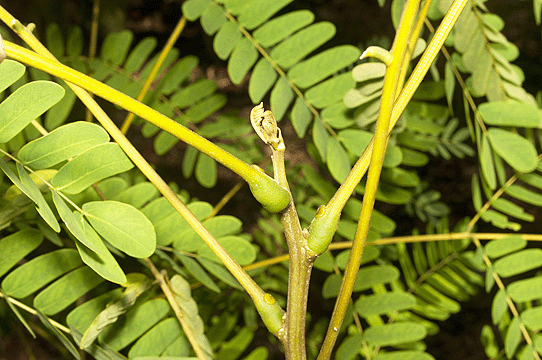
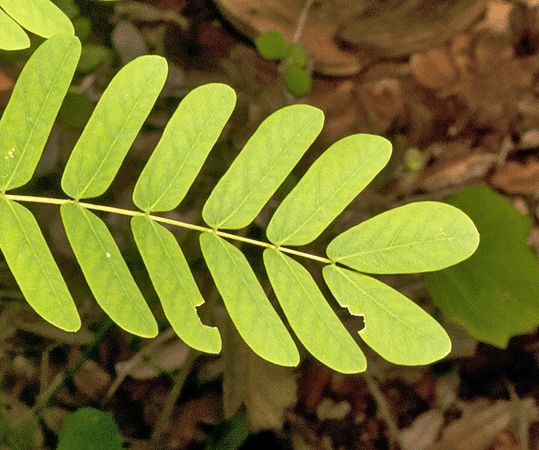 Each pinna has 3 to 10 pairs of leaflets. As shown at left, leaflets are oblong and elliptic, and asymmetrical at the base.
Each pinna has 3 to 10 pairs of leaflets. As shown at left, leaflets are oblong and elliptic, and asymmetrical at the base. 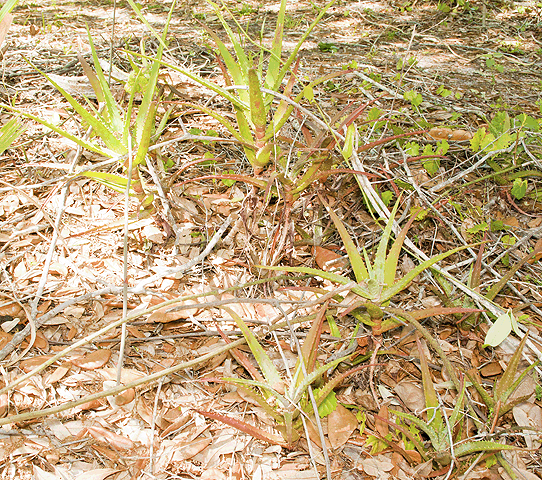
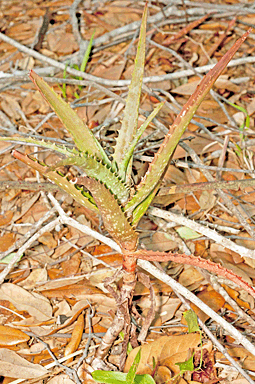 Aloe have tubular flowers that are densely clustered at the apex of leafless stems.
Aloe have tubular flowers that are densely clustered at the apex of leafless stems. 